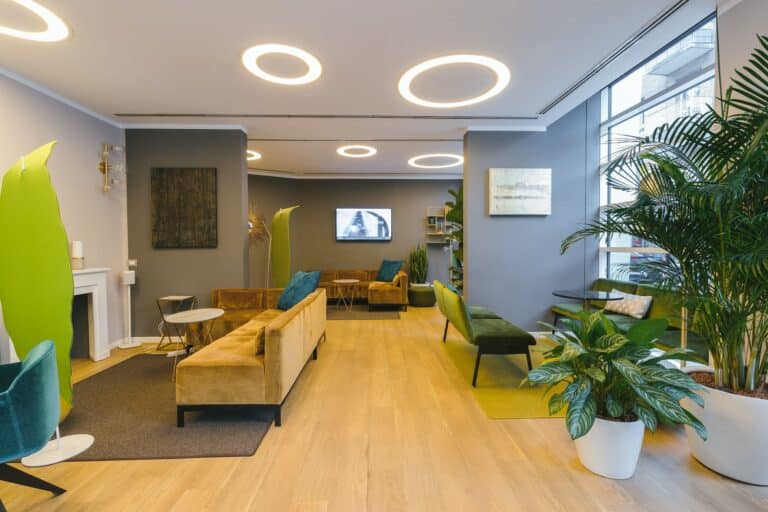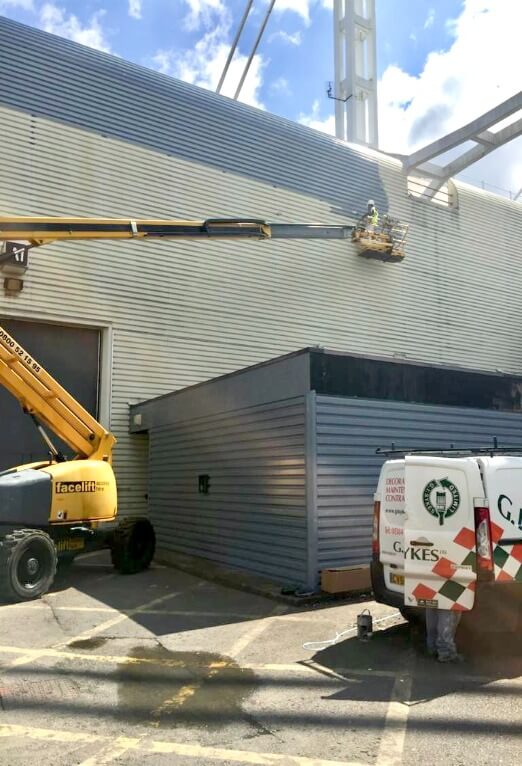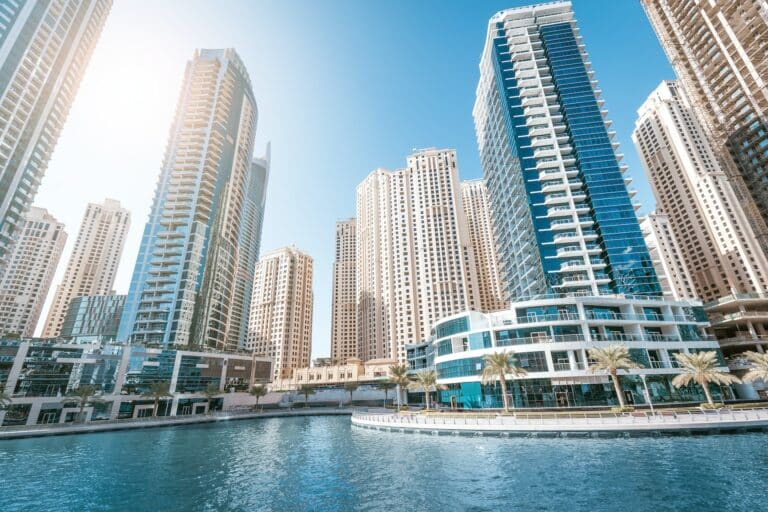We can’t stress the importance of fireproof cladding enough. If you own or maintain a building, then understanding what fireproof cladding is, how it can prevent a disaster and what you should do in an emergency is your responsibility.
It was in June 2017 that a heart-stopping tragedy shook the country. 72 people died in the fire at Grenfell Tower, and the cladding that had been recently installed on the building was at the heart of the investigation into what caused the disaster.
Suddenly, tenants and building owners were starkly aware of the significance of cladding; until then, it had previously been considered an aesthetic choice with insulating benefits.
If you’re still unsure about cladding and whether your property needs fireproof cladding or not, read this blog to arm yourself with vital information.
Cladding vs Fireproof Cladding
You might have thought cladding was cladding – that there’s no distinction between types. But you’d be wrong. There are 7 types of cladding, some are combustible, and some aren’t. Here’s a brief overview of the types and their main benefits.
Timber
Timber cladding sounds like a recipe for disaster, doesn’t it? Well, thankfully, the timber used in cladding is treated with chemicals to make it flame retardant.
Wood has natural insulating properties, making it a good choice for improving a building’s energy efficiency, and it has a lovely natural look to it. However, timber cladding isn’t suited to buildings over 2 stories – and given the increases in the cost of lumber recently, it’s also not the most cost-effective solution.
Glass
Glass cladding has a sophisticated, modern look to it – perfect if you’re after a high-end finish to your building. There are two types of glass cladding; rainscreen and curtain walling.
Rainscreen is one of the most popular cladding choices in the UK and provides excellent insulation to a building. The glass panels are fixed to a frame which leaves a cavity between the wall of your building and the cladding – and while the glass cladding itself is fire resistant, the cavity poses a risk.
At the Tall Building Fire Safety Conference, held in May 2022, professor of fire science Guillermo Rein, revealed that his study had shown that rainscreen systems had a more substantial fire risk.
Rainscreen’s risks can be reduced with proper installation, the use of fire-resistant materials in the cavity, as well as fire-stopping courses.
uPVC
uPVC is an appealing cladding option because it’s so easy to maintain and is the most affordable on the market. In addition, it has brilliant thermal capabilities that can help reduce your energy costs.
While uPVC cladding is considered combustible (quickly catches fire), it doesn’t add to the spread of flames. The panels will warp and melt but ultimately don’t contribute to the fire.
Stone
Stone cladding is often chosen based on its aesthetic appeal. Like glass, it denotes a particular ‘look’ that some building owners want. The type of stone cladding that you can have depends on several factors, including the structure of your building and its height.
Stone is a natural insulator, so it will keep your building warm during cold weather. However, it’s also the most expensive cladding type on the market.
And if you’re wondering if it’s a fireproof cladding option, the answer is yes. Stone cladding is 100% non-combustible.
Fibre Cement
Fibre cement cladding is one of the most used cladding types. This fireproof cladding combines cement and cellulose fibres to create a sturdy, durable surface that’s widely used in both domestic and commercial cladding projects.
It’s very low-maintenance, is a brilliant moderator for the temperature in your building and best of all, it is fire resistant so it will not burn in a fire.
Metal
Metal cladding is usually seen on commercial buildings as it’s easy to install, cheap to maintain and adds a layer of protection to your building.
The different types of metal used are;
- Aluminium
- Zinc
- Steel
- Copper
Metal cladding is non-combustible and resists ignition, even in high temperatures.
Composite
Composite cladding is made from recycled wood and polymers, which bond to form a strong weather-resistant material that’s suited to prolonged use outside. Composite cladding comes in many different colours and provides excellent insulation for heat and sound.
And despite the plastic content of composite decking, some cladding brands are treated with specialist fire-retardant additives.
What Are The Fire Regulations?
So now you know the general information about the types of cladding, it might be helpful to understand the fire regulations and ratings that are used.
Building regulations in relation to cladding changed in 2018 when the Government banned the use of combustible cladding on public buildings like schools and hospitals, as well as care homes, student halls and refurbs over 18m (over 2 stories, roughly). The changes to the regulations are still an ongoing conversation, with some suggestions that the height restriction may be lowered to 11m in the future.
Understanding the requirements of fireproof cladding can be tricky, and often is a stipulation of your building insurance. If your building has the wrong type of cladding, your insurer can refuse cover.
The materials used in your cladding will each have a fire rating, which is used to determine their safety value.
Fire Ratings Explained
In the UK, we use the British standard for testing, BS EN 13501-1: Fire classification of construction products and building elements.
Materials are categorised using three factors;
- The reaction to fire, which is shown as a letter from A – F.
- Smoke propagation (how much smoke it produces in the first 10 minutes of burning), which is shown with the letter s and a number between 1 – 3.
- The likelihood of dropping particles, shown by the letter d and a number between 1 – 3.
So the rating of your cladding will be displayed like this: B, s2, d1.
Reaction To Fire
A1, A2 – Materials that are non-combustible.
B, C, D – Limited contribution to a fire.
E, F – Significant contribution to a fire
Smokiness
S1 – Little to no smoke
S2 – A small amount of smoke
S3 – Lots of smoke
Falling Embers & Particles
D1 – No dropping particles
D2 – Some falling particles
D3 – Many dropping particles
Fireproof Cladding: Getting It Right
It’s a lot to understand and take in, isn’t it? And when the risks are so high, you’ll want to get it right. At GI Sykes, we have over 55 years of construction experience and can help you understand fireproof cladding. We provide both intumescent steel coatings and certified fire protection coatings to enhance the fire safety of your building.



